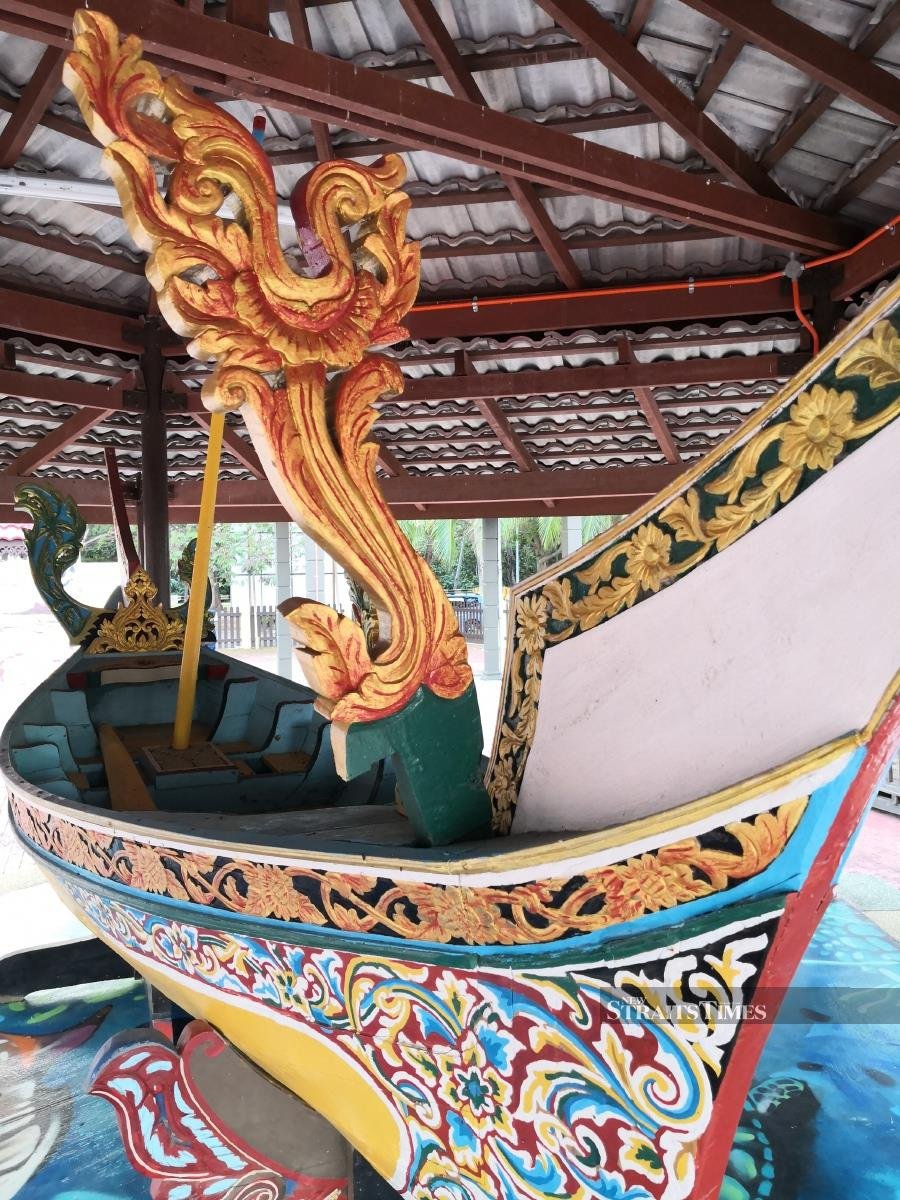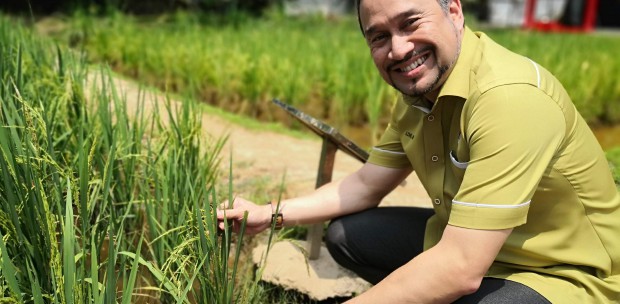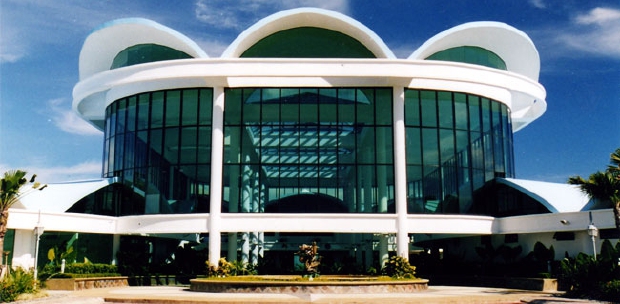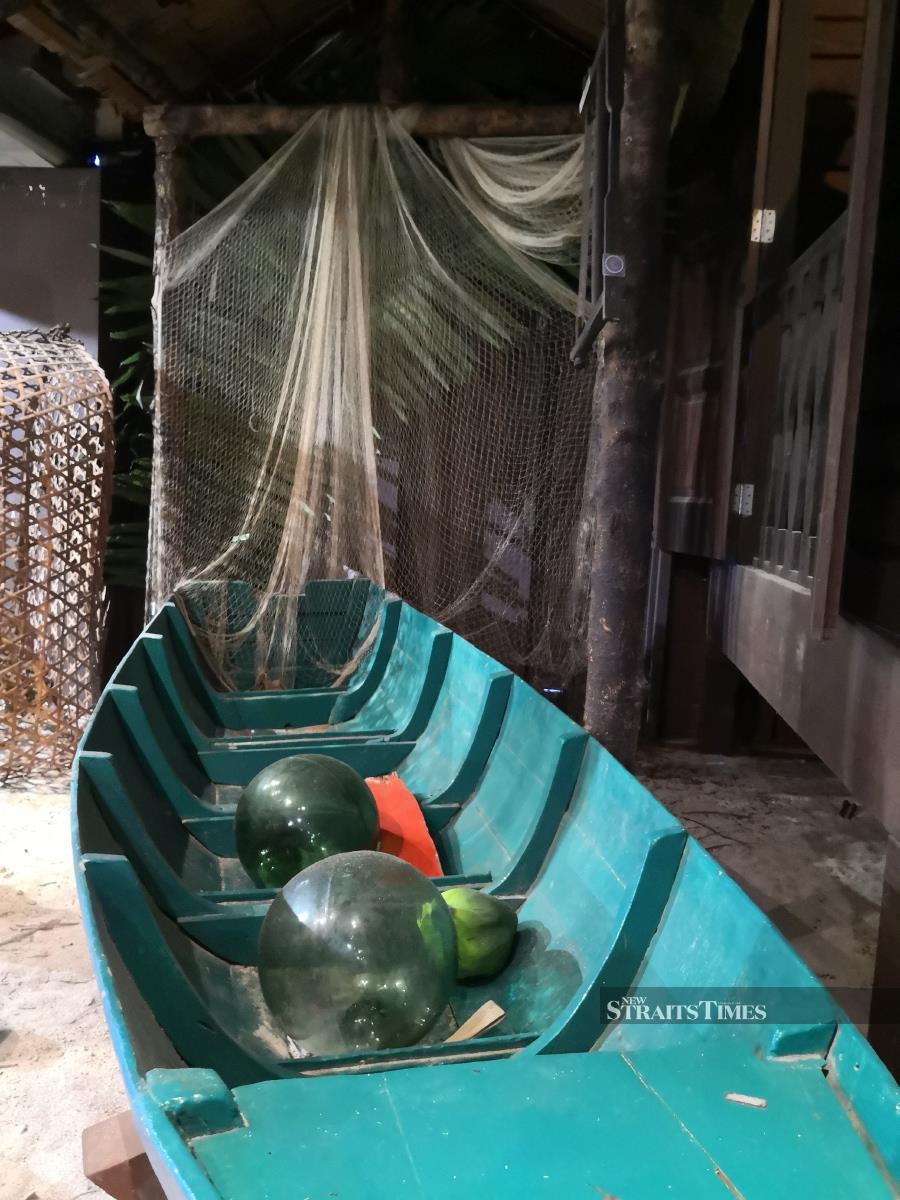
WHILE Desaru today is famous for its collection of high-end resorts, fact remains that this quaint coastal town facing the South China Sea began life as a small fishing settlement aeons ago.
To learn more about this industrious and important community, Muzium Nelayan Tanjung Balau is probably the best place to first head.
Located at picturesque Tanjung Balau, the museum complex is home to six interesting galleries that highlight the lives of the fisherfolk and their connection with the bountiful fishing grounds located just off the nearby coast.
The indoor galleries showcase interesting traditional techniques employed and taboos observed by generations of Johor fishermen.
Much of the burden falls on the skipper to guide his crew to the best fishing spots. With years of experience under his belt, the juragan has the uncanny ability to make accurate predictions based on keen observation.
For example, dark coloured waves or ripples indicate presence of tuna and mackerel while reddish ones suggest abundance of anchovies or ikan bilis. At the same time, murky green or reddish water foretell plentiful fish while those with whitish-grey hue indicate otherwise.
Guided by the Islamic lunar calendar, the juragan has a preference for moonless nights as marine organisms become easy prey when they aggregate in large numbers around the bright lights on the boats.
As fishing activities depend heavily on weather conditions, the juragan turns to the stars to ensure successful outings. Most dreaded are the Bintang Tika and Bintang Belatak formations as they warn of heavy rain, strong winds and possibility of flood. The former consists of seven stars in a row while the latter is made up of three stars that form a distinct triangular shape.

SIMPLE BUT BEAUTIFUL LIFE
The eye-catching Fisherman's Jetty diorama marks the transition towards landward activities carried out by the fishing community.
The raised wooden walkway, supported by water-resistant nibong trunks, is designed to allow tides and currents to flow unhindered while giving fishermen easy access to vessels moored nearby.
The functional diorama then leads right to a gallery depicting a typical fisherman's home. The basic decor and sparse fittings bear stark reminder of the community's simple but yet fulfilling lives.
With an architectural style that closely resembles those of traditional Malay wooden dwellings, these houses are also built on stilts to prevent inundation during high tides and floods.
The fishermen remain largely land bound during monsoon season which lasts annually from October to February. While some try their luck at sea during relatively calmer days, most prefer not to dice with death and spend time productively by mending nets, servicing outboard engines and repairing their boats.
Income during this lull period is derived primarily from fish processing activities. Aided by the Malaysian Fisheries Development Authority (LKIM), the community receives knowledge transfer, equipment and support to produce premium dried fish, keropok and surimi.

Before heading out to the outdoor exhibits, several intricately carved quail traps highlight various leisure activities enjoyed by fishermen while spending quality time with their loved ones.
Made of local hardwood, these traps are set near riverbanks and paddy fields with a tame quail inside acting as a decoy. Apart from bird trapping, other pastimes include kite flying, top spinning and wood carving.
Sight of several intricately carved boats dotting the spacious compound sheds light on the lesser known artistic side of the fishermen. The eye-catching and colourful designs are evident enough that most inspirations are drawn from local flora and fauna like birds and seaweeds.
At the end of the inspiring visit, a feeling of deep respect for the fishing community wells from within for it is the fruit of their backbreaking labour and selfless sacrifices that has and still is providing for an extremely grateful nation.
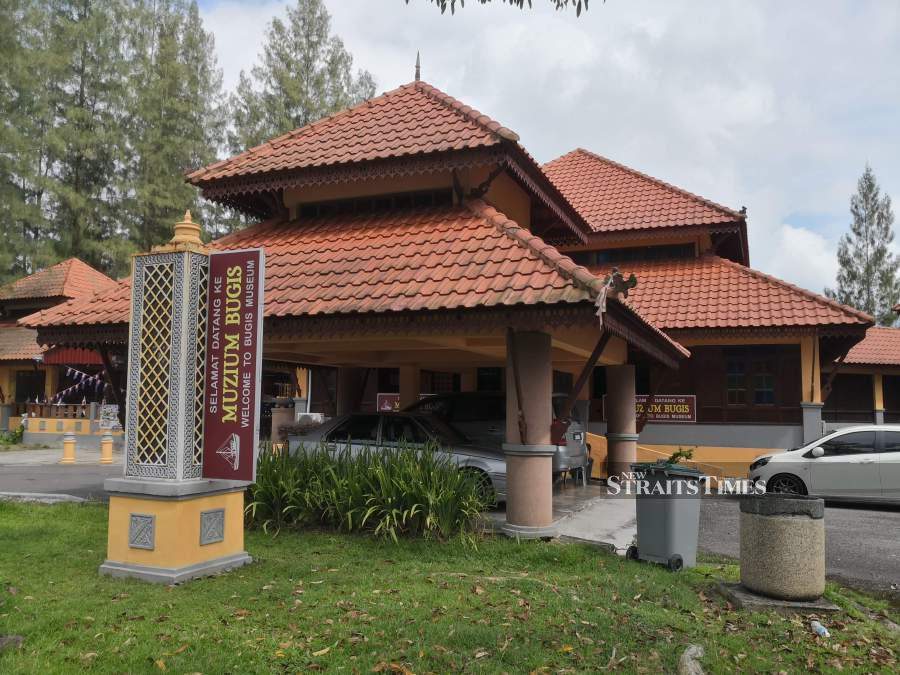
FAST FACTS
Muzium Nelayan Tanjung Balau,
Kompleks Pelancongan Tanjung Balau,
81930 Kota Tinggi, Johor Darul Takzim.
TEL 07-884 3100
WEBSITE www.kejora.gov.my/muzium-nelayan-tanjung-balau
EMAIL [email protected]
HOURS 9am - 6pm, daily. Lunch break interval 12.30 pm to 2.30 pm.
PAY RM2 (adult), RM1 (children)
EAT Ombak Restaurant, at Bayu Balau Beach Resort just across the road, serves fresh seafood and local snacks. Also, check out the food stalls lining the Tanjung Balau beachfront.
DO Although the is no fixed order to view the displays, it is advisable for those arriving in the afternoon to first head indoors to escape the sweltering tropical heat. Visit the open air exhibits when the weather gets significantly cooler in the later hours.
HIGH Well maintained and clean. Attractive exhibits and easy to read multilingual information boards are definite plus points.
LOW The museum is located at a rather quiet corner of Tanjung Balau and may take time to locate. The effort, however, will be well rewarded as this is the only museum in Malaysia solely dedicated to our traditional fishing community.


